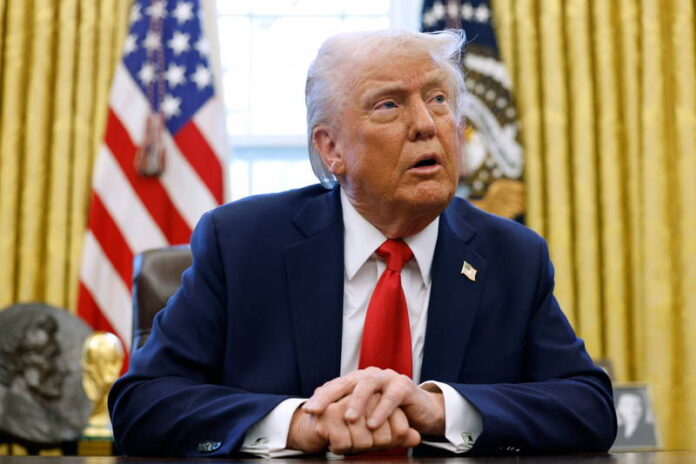Bitcoin saw significant volatility after President Donald Trump’s tariff announcement on April 2, initially spiking to $88,000 before retreating to $82,000.
By April 3, it settled near $83,000, while the broader cryptocurrency market fell over 4%.
Leading altcoins such as Ethereum and Solana dropped more than 6%, reaching their lowest levels in several months.
Analysts suggest the tariff announcement may have eased some market uncertainty, potentially paving the way for increased institutional investment.
Despite interest rates coming in higher than expected, analysts believe the increased clarity could help Bitcoin regain its upward momentum toward the $90,000 mark. On April 2, Bitcoin ETFs—led by BlackRock—saw $218 million in inflows, marking a sharp reversal from recent outflows.
Thomas Perfumo of Kraken pushed back against the notion that institutional interest reduces crypto volatility, arguing instead that such volatility reflects growing demand for a limited-supply asset like Bitcoin.
Some market watchers viewed the recent dip as an overreaction to trade policy fears, pointing to Bitcoin’s resilience as a long-term store of value.
With ETF inflows signaling strong demand, Bitcoin’s price may find stability and resume its climb. However, investors remain cautious, closely watching developments in trade policy and broader economic indicators.








